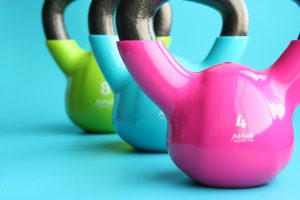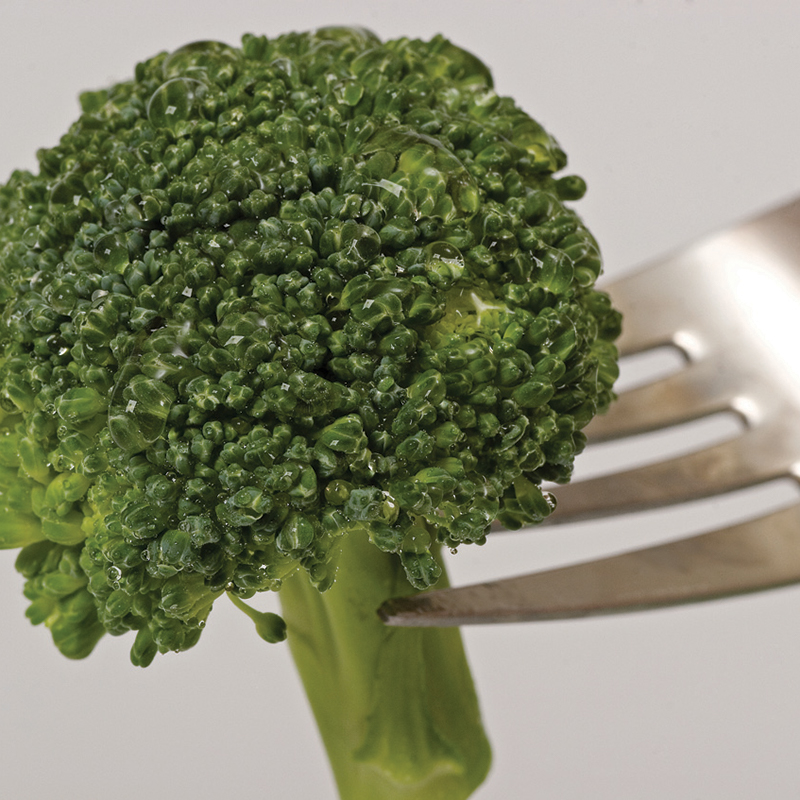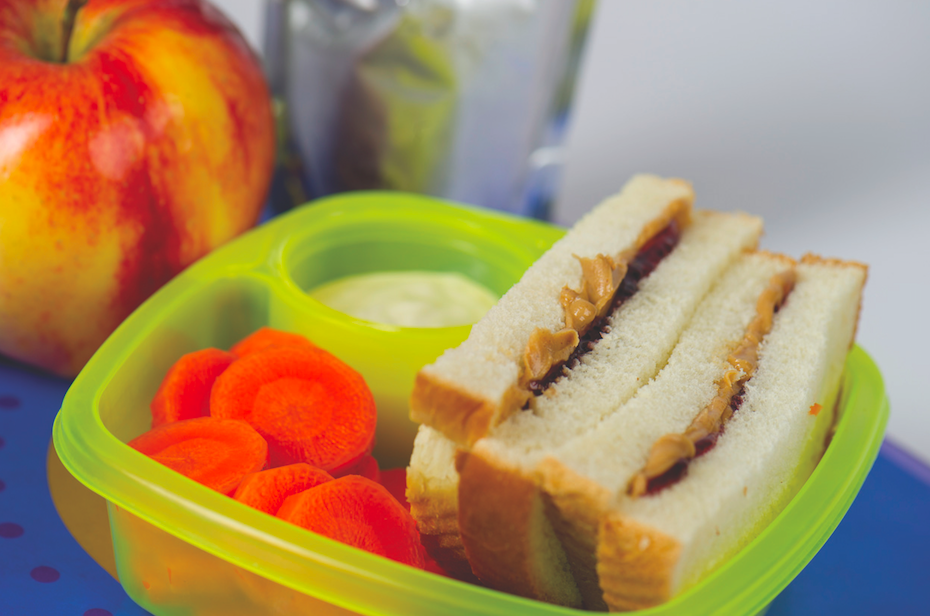Four in 10 adults in the U.S. have two or more chronic diseases, according to the Centers for Disease Control and Prevention. While certain conditions and risk factors are beyond one’s control, the new year is the perfect time to consider the many lifestyle choices you can make for improved health.
“With too many holiday sweets and not enough exercise likely in the rearview mirror, now is the perfect time to consider your personal goals and how you can make positive health choices in the coming year,” says American Medical Association (AMA) President Patrice A. Harris, M.D. “The good news is that there are a few easy steps you can take that will set you on the right track for a healthier 2020.”
To get you started, the AMA is offering 10 wellness tips for the new year:
1. Steps you take now can help prevent or delay the onset of type 2 diabetes. Learn your risk by taking the self-screening test at DoIHavePrediabetes.org.

2. Be more physically active. Adults should do at least 150 minutes a week of moderate-intensity activity, or 75 minutes a week of vigorous-intensity activity.
3. Visit LowerYourHBP.org to better understand blood pressure numbers and take necessary steps to get high blood pressure – also known as hypertension — under control. Doing so will reduce your risk of heart attack or stroke.
4. Reduce your intake of processed foods, especially those with added sodium and sugar. Eat less red meat and processed meats, and add more plant-based foods, such as olive oil, nuts and seeds to your diet. Also reduce your consumption of sugar-sweetened beverages and drink more water instead. Drinking sugary beverages — even 100% fruit juices — is associated with a higher all-cause mortality risk, a new study published in JAMA Network Open suggests.
5. If your health care professional determines that you need antibiotics, take them exactly as prescribed. Antibiotic resistance is a serious public health problem and antibiotics will not make you feel better if you have a virus, such as a cold or flu.
6. If consuming alcohol, do so in moderation as defined by the U.S. Dietary Guidelines for Americans — up to one drink daily for women and two drinks daily for men, and only by adults of legal drinking age.
7. Talk with your doctor about tobacco and e-cigarette use (or vaping) and how to quit. Declare your home and car smoke- and aerosol-free to eliminate secondhand exposure.
8. Pain medication is personal. If you’re taking prescription opioids or other medications, follow your doctor’s instructions. Store them safely to prevent misuse and properly dispose of any leftover medication.
9. Make sure your family is up-to-date on vaccines, including the annual influenza vaccine for everyone age six months or older. If you’re pregnant, you can receive the flu vaccine during any trimester, but should receive the Tdap vaccine early in the third trimester to protect yourself against flu and whooping cough.
10. Manage stress. A good diet, sufficient sleep (at least 7.5 hours per night), daily exercise and wellness activities, like yoga and meditation, are key ingredients to maintaining and improving your mental health, but don’t hesitate to ask for help from a mental health professional when you need it.















